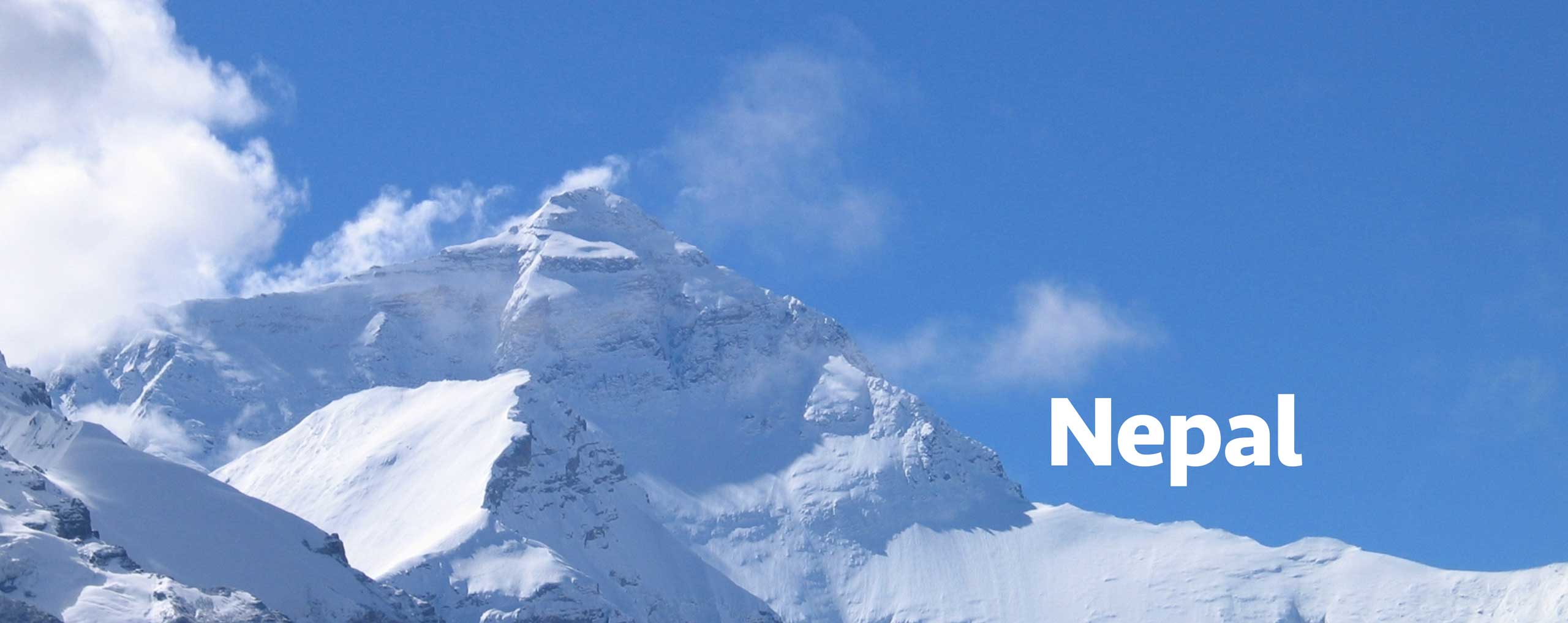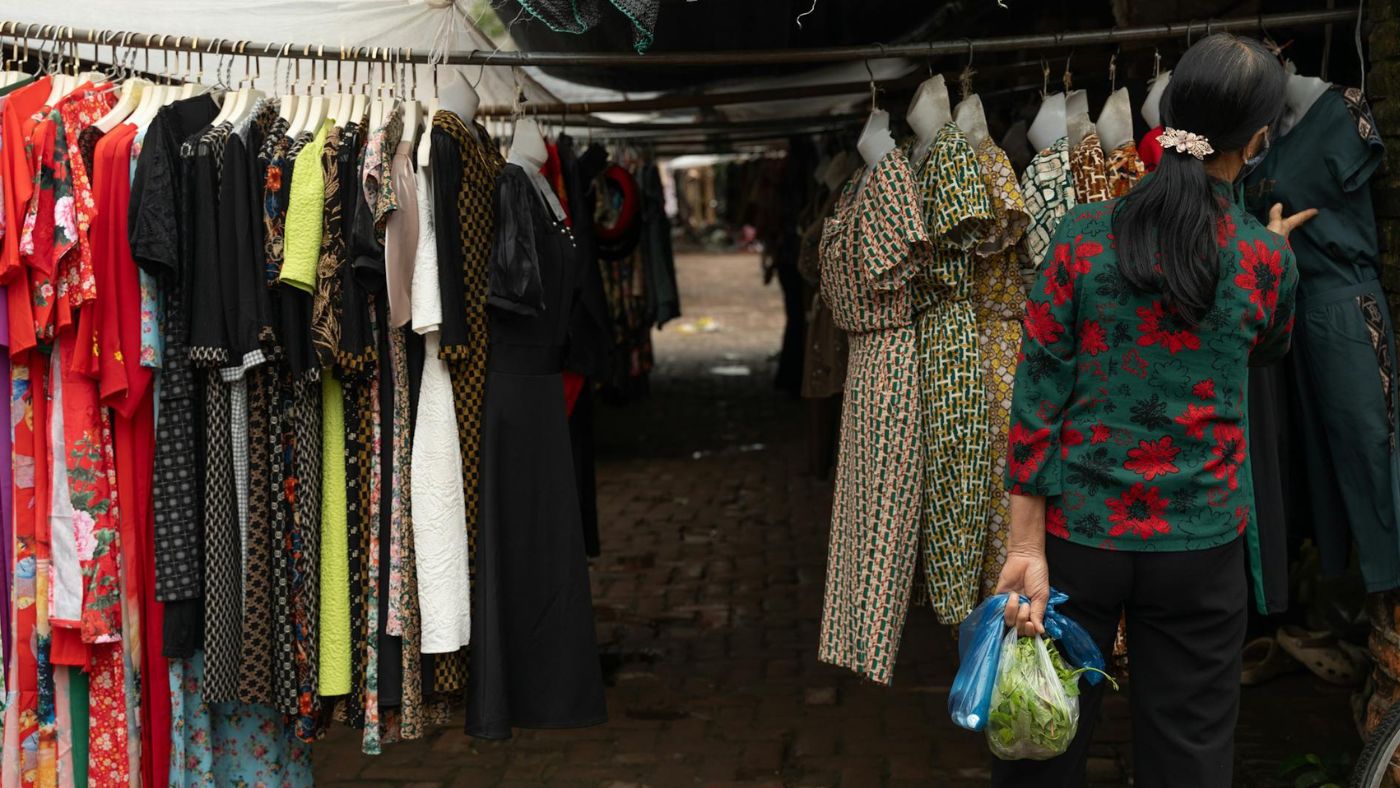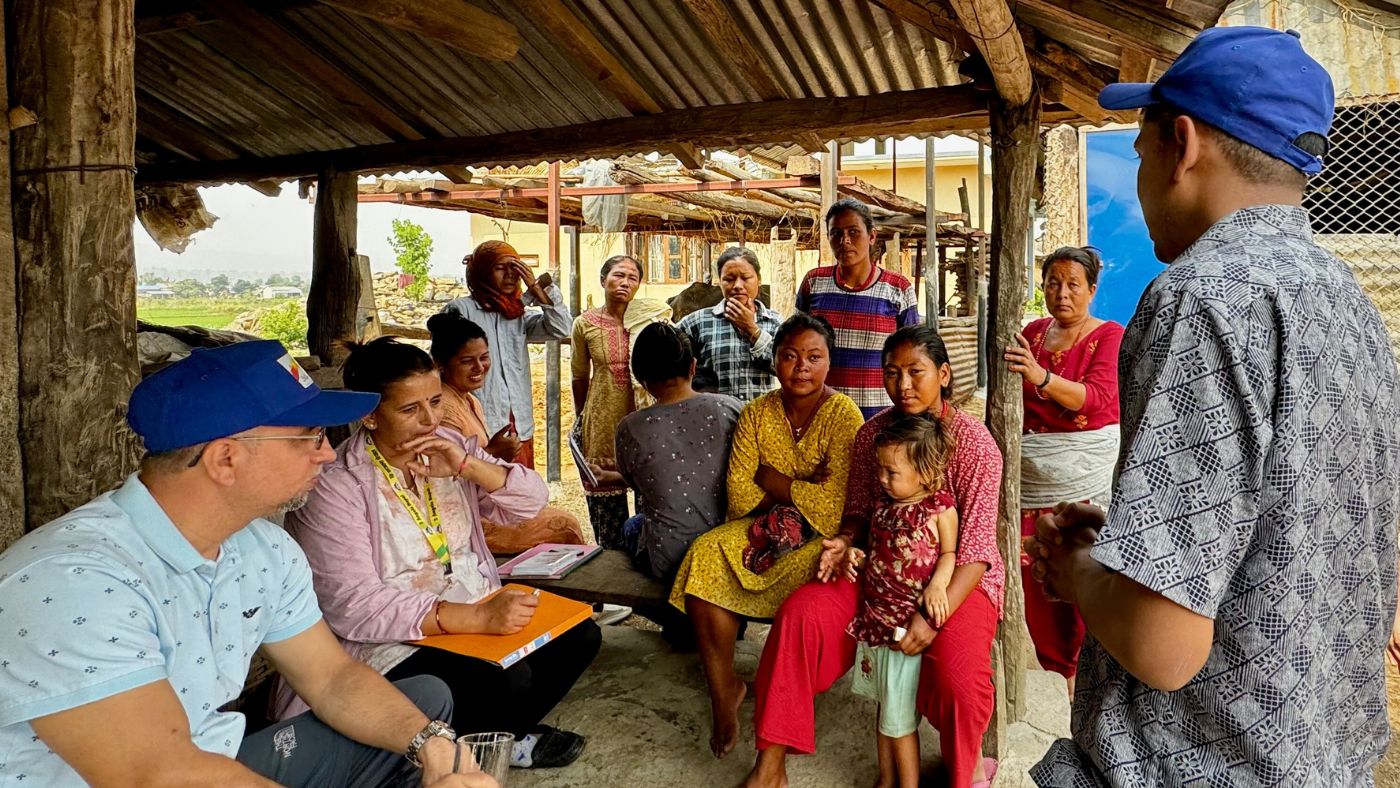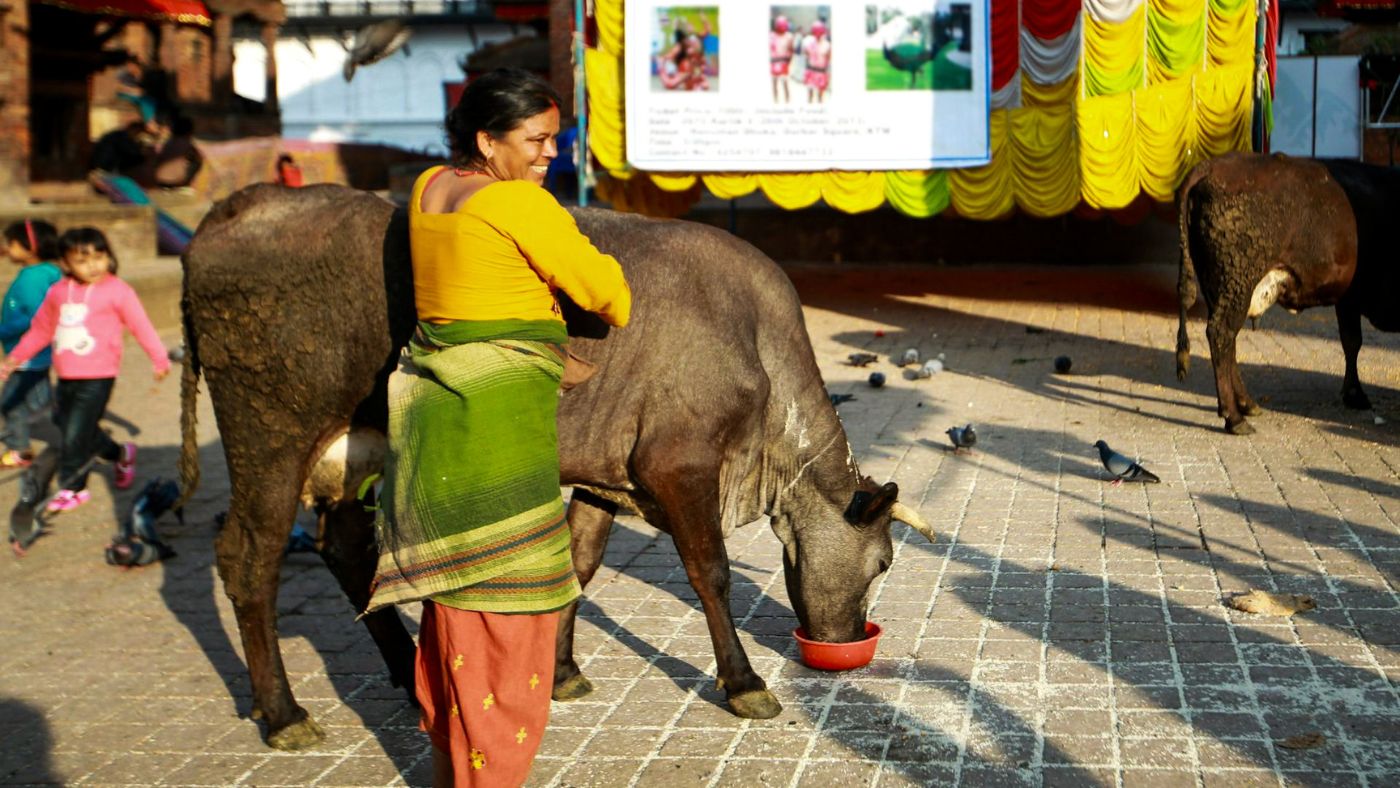
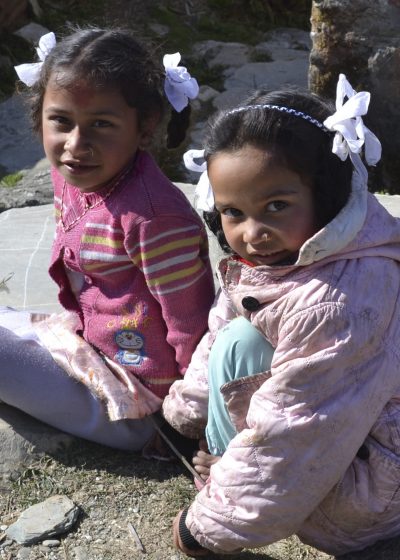 Why Nepal?
Why Nepal?
The fact that you are on this page means you have an interest in Nepal. So do we!
Nepal needs our collective help. This is because it’s a developing country with a very low income economy. It’s ranked 145th of 187 countries on the Human Development Index (HDI) in 2014 and continues to struggle with high levels of hunger and poverty.
Nepal has been making steady progress with the government making a commitment to graduate the nation from least developed country status by 2022. However, there are SO MANY people that need help. Here’s why:
- Over 30 percent of Nepalese live in extreme poverty. While the overall poverty rate for Nepal is 25 percent, this figure increases to 45 percent in rural regions, especially remote hill and mountain zones where terrain is rugged, rainfall is low and poor-quality soil is difficult to farm. 80 percent of Nepal’s people live in rural areas and depend on subsistence farming for their livelihoods. Poverty is a MAJOR issue.
- About half of rural based children under five years of age are undernourished and most rural households have little or no access to primary health care, education, safe drinking water, sanitation or other basic services.
- If you’re a woman in Nepal, the situation is worse. There is a wide gap between women and men in terms of access to health care, nutrition, education and participation in decision-making. Infant mortality is much higher for girls than boys, and illiteracy is far more prevalent among women than men. Many rural women live in extreme poverty without any means of improving conditions for themselves and their families. Many end up making tough decisions in order to survive, fueling an aggressive human trafficking industry that claims the lives of an estimated 15,000 – 30,000 women and children every year. (Our partners believe the numbers are much higher. )
- Lack of economic opportunity and conflict have prompted many of the most productive members of rural households to migrate from Nepal. Nepal is one of the world’s highest recipients of remittances, which totaled some US$5.1 billion from Nepalese living abroad in 2012. Yet almost 80 percent of remittance income is used for daily consumption and 7 percent is used for loan repayment. Less than 3 percent of all remittances are used for capital formation.
- Poor families are often obliged to send their children to work rather than to school, perpetuating the cycle of poverty. About one quarter of children in Nepal are engaged in some kind of family or wage labor.
- Nepal suffers from major natural events – the latest being the May 2015 earthquake. It is ill-equipped to respond.
As we said at the beginning of this summary, Nepal needs our collective help. Captivating is heavily invested and aiming to:
Stop Human Trafficking
End Poverty
Prevent This From Happening Through Education

Stop Human Trafficking
In all the work we do, this is as serious as it gets. Daughters are literally disappearing every day.
Captivating-supported programs will intercept 5,000 girls this year.
Combined, our work will reach an estimated 100,000 women in total each year (50,000 directly at border station programs, and 50,000 from community and school education programs). We are doing this through the following projects and activities:
- Intercept a Girl – EVERY 1.5 HOURS we’re stopping a girl from being trafficked.
- Hamro Abhiyan Anti-Trafficking Program – we’re facilitating the engagement of whole communities and schools where students are considered highly “at-risk”, in the battle against Human Trafficking – creating a ripple effect that is impacting thousands.
- A Dedicated Anti-Human Trafficking Radio Station – education is our key prevention strategy. We’re underwriting the running costs of a radio station.
End Poverty
The problem of women falling victim to human trafficking will always be there as long as conditions of poverty and prejudice exist. When you’re desperate and see no future at home in your village, the attractiveness of migrating across the border into a better life is extremely appealing, even when the risks are incredibly high.
We are rolling out a program to address the systemic problem that lies behind all of this – POVERTY.
- My Business – My Freedom – a micro-finance and education program helping women in high-risk trafficking locations start their own successful businesses.
This venture utilizes training in micro-enterprise and micro-finance, along with trafficking awareness, leading to long term solutions for the entire community.
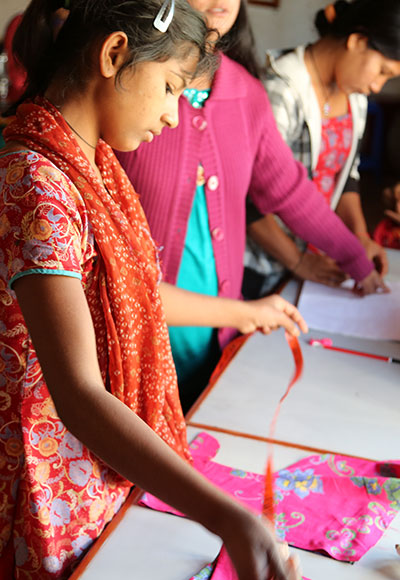
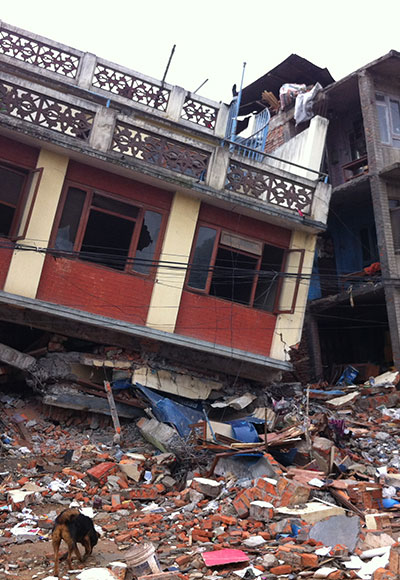
Emergency Relief & Aid
Natural disasters happen everywhere, and the incidences seem to be escalating. Hardest hit are impoverished communities that are ill-equipped to deal with them – where infrastructure is just not capable or sometimes completely nonexistent.
Following the May 2015 earthquake that rocked Nepal, Captivating realized we were well placed to play a key funding and resourcing role in helping our on-the-ground partners bring immediate relief to those most in need.
- Emergency Relief & Aid – we can’t prevent natural disasters, but we can respond to them. Help us establish an emergency reserve fund so we can respond quickly.


